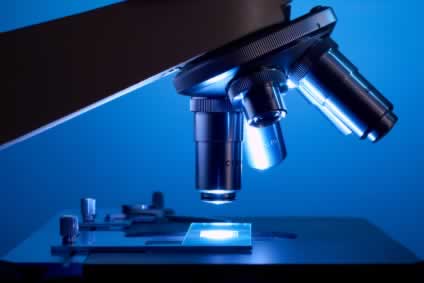Robert H. Demling, MD. The Role of Anabolic Hormones for Wound Healing in Catabolic States. J Burns Wounds. 2005; 4: e2.
“There is a well-recognized interrelationship between hormones, nutrition, and wound healing. The anabolic process of protein synthesis, with new tissue formation, requires the action of anabolic hormones. Exogenous administration of these agents has been shown to maintain or increase lean body mass as well as directly stimulate the healing process through their anabolic and anticatabolic actions.” [emphasis mine]
Note the word “required.” That is a very strong word in the scientific literature. Anabolic hormones like testosterone*, growth hormone, and IGF-1 are required to synthesize protein…and muscles, tendons, and all your other body tissues are made out of protein. So: in order to repair damage to your tissues, you require the action of anabolic hormones.
* The testosterone situation is complex: it seems to inhibit collagen synthesis while encouraging other types of protein synthesis. However, certain synthetic anabolic steroids seem to encourage collagen synthesis. I may explore this in more detail in the future.
You may also recall that levels of these hormones decrease dramatically as we age, starting around age 25 and beginning a steep plunge around age 40. That is why we heal more slowly as we age.
(Yet, strangely enough, the medical establishment does not routinely prescribe anabolic hormones to people over age 25 who are recovering from injuries. We are told to accept slow and imperfect healing as an inevitable consequence of aging, despite the ready availability of drugs that can fix this problem. Wouldn’t it seem strange if we were told that pain was an inevitable consequence of injury and refused access to Vicodin, or even Tylenol? But that is a different discussion for a different time.)
Moving ahead: in order to speed the process of healing, it is clear that we need to boost our levels of anabolic hormones. Besides adequate sleep and protein intake, the most effective way to do this is…exercise.
IGF-1:

Schwarz AJ, Brasel JA, Hintz RL, Mohan S, Cooper DM. Acute effect of brief low- and high-intensity exercise on circulating insulin-like growth factor (IGF) I, II, and IGF-binding protein-3 and its proteolysis in young healthy men. J Clin Endocrinol Metab. 1996 Oct;81(10):3492-7.
“In summary: 1) brief exercise leads to small but significant increases in circulating IGF-I, IGF-II, IGFBP-3, and IGFBP-3 proteolysis; and 2) these responses may be influenced by exercise intensity.” (Small but significant = 8-13% for low intensity exercise, and 13-23% for high-intensity exercise.)
Now, the big one: human growth hormone (hGH).
I prefer to link to studies directly, but this article does such an excellent job of summarizing and linking several studies linking hGH release to exercise frequency and intensity that I’ll just point you here:
Human Growth Hormone: Breaking Down a Few Scientific Studies
Apparently the key here is the intensity of the exercise: just 30 seconds of all-out sprinting increased hGH secretion by 4.5 times, and serum hGH remained elevated for 90-120 minutes afterward! So it seems that, contrary to the bodybuilders’ consensus, you don’t necessarily have to lift heavy weights to cause hGH release (though lifting heavy is certainly an effective way to do so.)
Furthermore, multiple short bursts throughout the day are more effective than a single workout:
Wideman L, Weltman JY, Hartman ML, Veldhuis JD, Weltman A. Growth hormone release during acute and chronic aerobic and resistance exercise: recent findings. Sports Med. 2002;32(15):987-1004.
“Following the increase in GH secretion associated with a bout of aerobic exercise, GH release transiently decreases. As a result, 24-hour integrated GH concentrations are not usually elevated by a single bout of exercise. However, repeated bouts of aerobic exercise within a 24-hour period result in increased 24-hour integrated GH concentrations.”
Executive summary: in order to recover as quickly as possible from injuries—particularly as we get older and our natural levels of anabolic hormones decrease—perform multiple short bouts of high-intensity exercise, throughout the day, in whatever form your injury leaves you able to do so.
If you have leg injuries, lift some barbells. If you have arm or back injuries, do sprints on a stationary bike. If you’re confined to a hospital bed, lift some books. Do whatever you can without re-injuring yourself, because you will heal faster and more completely.
Live in freedom, live in beauty.
JS


